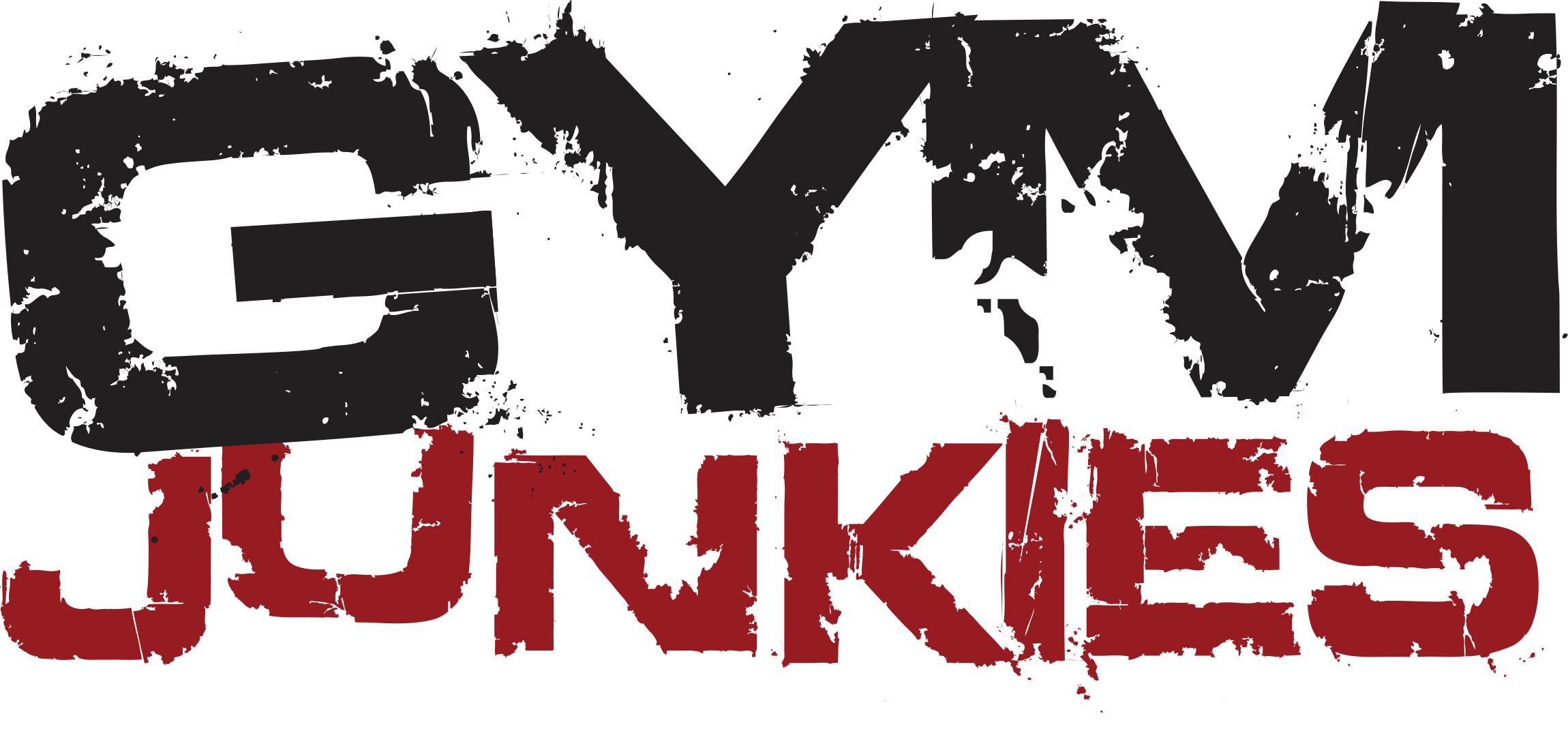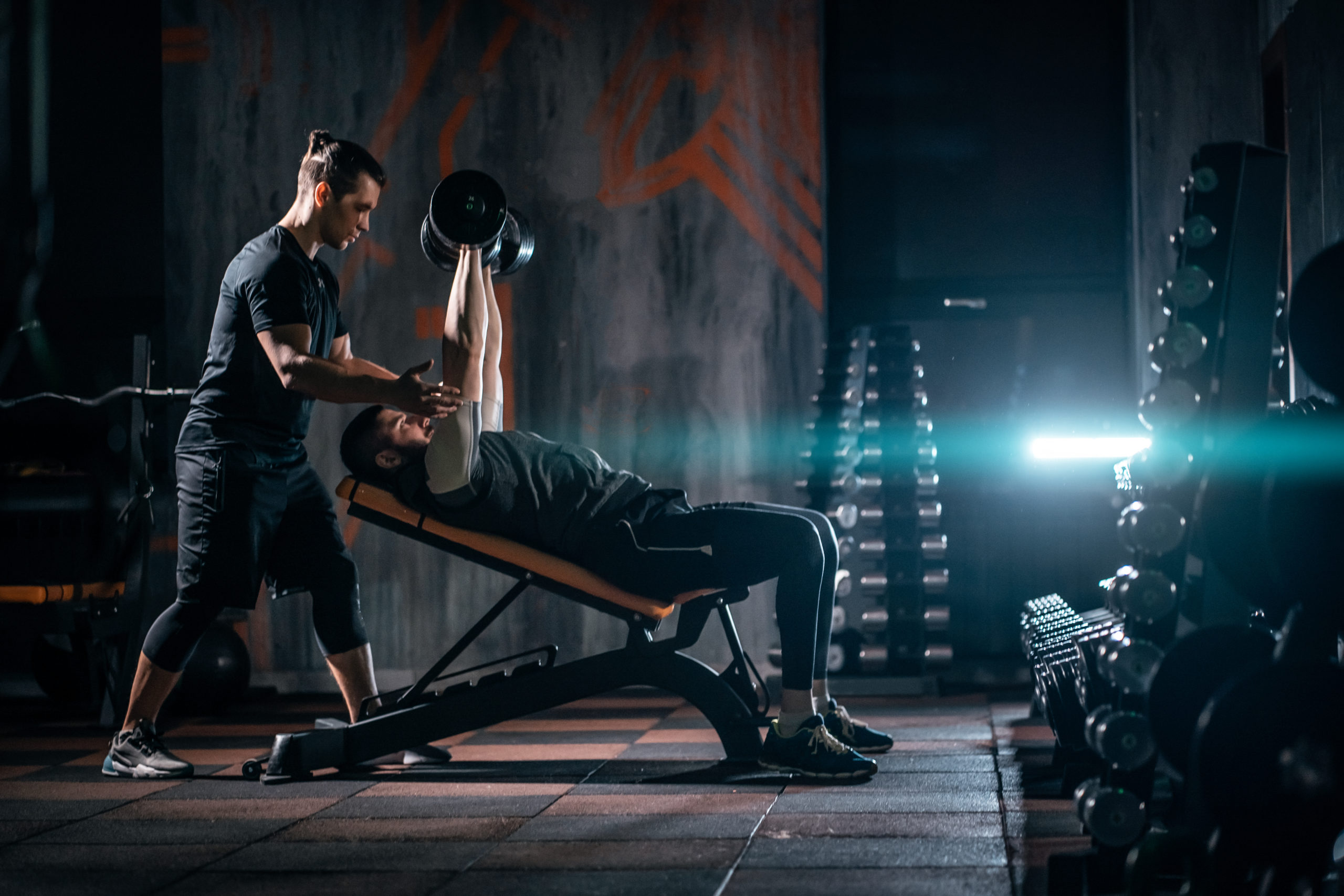In the previous article about understanding mind-muscle connection, we discussed these crampy and painful sensations we might get. As we discovered, they are a sign of you doing something wrong. At least in 99% of the circumstances.
Today, we are going to take a closer look at these sensations. Can it be dangerous to chase these strong sensations? Do they have a place at all? Is it okay to chase them if the rest of your training is appropriate, or maybe use them as an indicator? These are all questions we are going to go into and answer for you!
Every Repetition Counts
Every single movement and repetition we perform sends a signal to our body and brain. It teaches it how to perform and adapt to whatever training or circumstance we put it through. Therefore, every single bad repetition we perform, adds to that. In the same way, every good repetition matters as well.
And when we train hard, we are definitely exposing our bodies to extreme environments sometimes. Especially if we do the same thing over and over again, with a high amount of volume and effort.
So obviously, if we repeatedly keep putting our body through bad training, it can definitely be detrimental. This portrays the importance of understanding mind-muscle connection.
In the same way, if you drink one beer, you will not die. But if you keep drinking a lot of beers continuously, you will probably develop bad health issues. It’s an accumulation of repeating bad habits that lead to illness.
Meaning, if you do a few bad repetitions or have a few workouts with bad reps, it will not damage you much. You might not have the greatest of workouts, but you most likely not harm you.
However, if you keep doing this day in and day out, problems will arise. Eventually your motor patterns and stability will start to adapt to this bad training. Thus, we are inching closer to injury.
Strength imbalances start building up as well as bad motor patterns.
As a result, we are losing range of motion. Which is usually the biggest factor of injury.
Continuously Training Bad Leads You to Injury
A loss of range of motion will lead to a worsening function of our body. You might not tear any of your muscles right away, but it is the beginning of it. A loss of function is the beginning of injury. Injury happens when we need a certain function, but it is not at the time we need it.
For instance, let us say we have someone train with really bad form. They might go years of hammering away at the weights with no injures. Slowly losing function and range of motion.
Suddenly, one workout they slip, and their muscle tears up.
It was not that one specific workout, rather the accumulation of all the bad repetitions and movements that led to this injury. They lost a certain function, and they needed it at this point. As they no longer had it, an injury happened.
Usually, we will say the injury happened because of a bad lift or the muscles were not warm. Or some other excuse. Rarely, do we ever say that the accumulation of all the bad actions led to this injury.
They might have slipped many times before during those years of bad lifting, but never getting an injury until now. Which might have been caused by them not understanding mind-muscle connection.
Do Crampy and Painful Sensations Have a Place in Mind-Muscle Connection?
The only place those crampy feelings and strong sensations have, is as a warning sign. You should change up something, and check your execution and setup. The reason something is hurting, is only because there is a misalignment.
Between your execution and setup and with what you are trying to accomplish.
Therefore it is necessary that you always question yourself, and look to improve. Should I change my intent? Do I need to realign my setup and focus on execution? Is my arm-path off?
You should get to a point where it feels more like when you contracted your biceps, in the example we gave in the previous article. That is muscular tension and mind-muscle connection.
Not the cramps and painful feelings you might associate it with.
Thus, those painful feelings can be a great warning sign. Like, hey, you need to switch something up. You might be going too far in this extreme. This is the only place these sensations have when it comes to mind-muscle connection. Cramps and pain is not what you should be feeling when working out in the gym.
Going Too Far
If you for instance go past your range of motion, your body will signal it. Let us say you are doing leg extensions, but your body is flexed too much forward. To the point where your body goes over your quads. At that point, your legs will probably start shaking or be stingy.
You will know that you are probably doing something wrong. Something needs to be changed.
You can use that as a check, and adjust yourself. Because your muscles cannot function properly in this position, and will scream at you. Thus, you will know to fix your hip flexion for the next set. Then you might try to sit straight, which you should.
Managing Training and Exercise Selection
Even though these strong sensations can be a good indicator of you doing something wrong, we definitely do not want to aim for them. Truthfully, this is the complete opposite of what we want to do.
The best answer is to fully get a grasp of human anatomy, and especially your body. This is the best you can do to truly understand mind-muscle connection.
However, most of us are not experts at human anatomy, nor are we interested in diving into it. Instead we can focus on what we do know should be happening.
Firstly, we want to make sure the movement feels natural and there is no pain. Secondly, that we feel strong and proficient in the movement.
Of course, if there are certain movements you have not done before, you will have coordination and stability issues at first. Doing dumbbell presses the first time can definitely be challenging, and you have to expect some swinging.
But that does not mean it will hurt you, this is just a baby who is learning to walk.
On the other hand, if you are pressing the dumbbells in the wrong plane, you will have issues. More specifically, in a plane where you are feeling those painful and crampy sensations. We do not want to do that.
Be Mindful
While the best thing to do is to fully understand human anatomy, you can also be mindful and keep learning. If you have been chasing those cramps and strong sensations, steer away from those. And while you keep educating yourself, attempt to perform exercises in positions you do not feel pain. Nor have stability and strength issues.
Again, squeeze your biceps in the mid-range like we did in the previous article. This is the feeling we are trying to go for. This is muscular tension.
There are two main things you want to keep in mind with understanding mind-muscle connection. The first being control, and the second tension.
Can you consciously move and control the weight through a specific path-motion, while keeping tension? Again, not any excruciating pain.
We want to make it clear that it is perfectly normal to feel pain when your muscles are fatigued. If you have been doing a lot of reps, and you are coming towards the end of your workout. Or maybe that is the goal with the workout.
At that point, you should be feeling pain. Your muscles will scream.
However, if your muscles are not fatigued, and they are already burning and screaming, something is wrong. Your body is working much harder than it needs to be.
Chest Superset Workout: Test Your Mind-Muscle Connection
We have added a great chest superset workout below, where you give a test to your mind-muscle connection.
For the pec deck exercise, position your scapula slightly above the machine. This allows your scapula to move freely, without limitation. Which is opposite to what many fitness gurus might tell you out there, because they do not know what they are talking about.
This way, we allow our scapula to move naturally, and this is important because it supports the humerus.
For the second exercise, do the same thing. Standing on your legs, instead of sitting, might help you, depending on the machine.
The pec deck fly’s train the pecs in the shortened position, while the chest press machine trains it in the lengthened position.
A1) Pec Deck Fly’s 4 x 8-10, (3-0-1-1), 30s rest
A2) Chest Press Machine (Sitting straight), 4 x 8-10, (3-1-1-0), 30s rest
Conclusion
Every repetition and movement you are doing in the gym matters. You might not be injured from training poorly right away. But after an accumulation of strength imbalances and lack of function, it will happen sooner or later. The absolute best thing to do is to understand human anatomy. If you are like most, and are not interested in that, try to continuously educate yourself. Mind-muscle connection is about control and keeping tension throughout a path-motion. If you are feeling crampy and painful sensations when you should not, something is probably wrong. Use that as an indicator of you going in the wrong direction.
Thank you for reading our article!
– Terry Asher
Terry Asher
Latest posts by Terry Asher (see all)
- Better Family – Product Review Liquid Daily 2 oz - Dec 16, 2024
- Post-Workout Recovery: The Key to Optimal Performance - Nov 25, 2024
- Pre-Workout Supplements – Everything You Need To Know - Nov 18, 2024















[…] We can do this for instance by training for a systemic metabolic response, or a local metabolic response. Systemic is a full body metabolic fatigue, where we are basically just gasping for air. The local metabolic training gives us more of a burnout in individual muscles. […]
[…] in the glycogen stores, there is a much higher chance your body will start to eat away at your muscle […]
[…] in the glycogen stores, there is a much greater chance that your body will start eating your body. muscle the […]
[…] in the glycogen stores, there is a much higher chance your body will start to eat away at your muscle […]
[…] Source link […]
I appreciate what you share in the post. Thanks to your post, I have gained a lot of new and useful knowledge.
[…] in the glycogen stores, there is a much higher chance your body will start to eat away at your muscle […]
[…] Source link […]